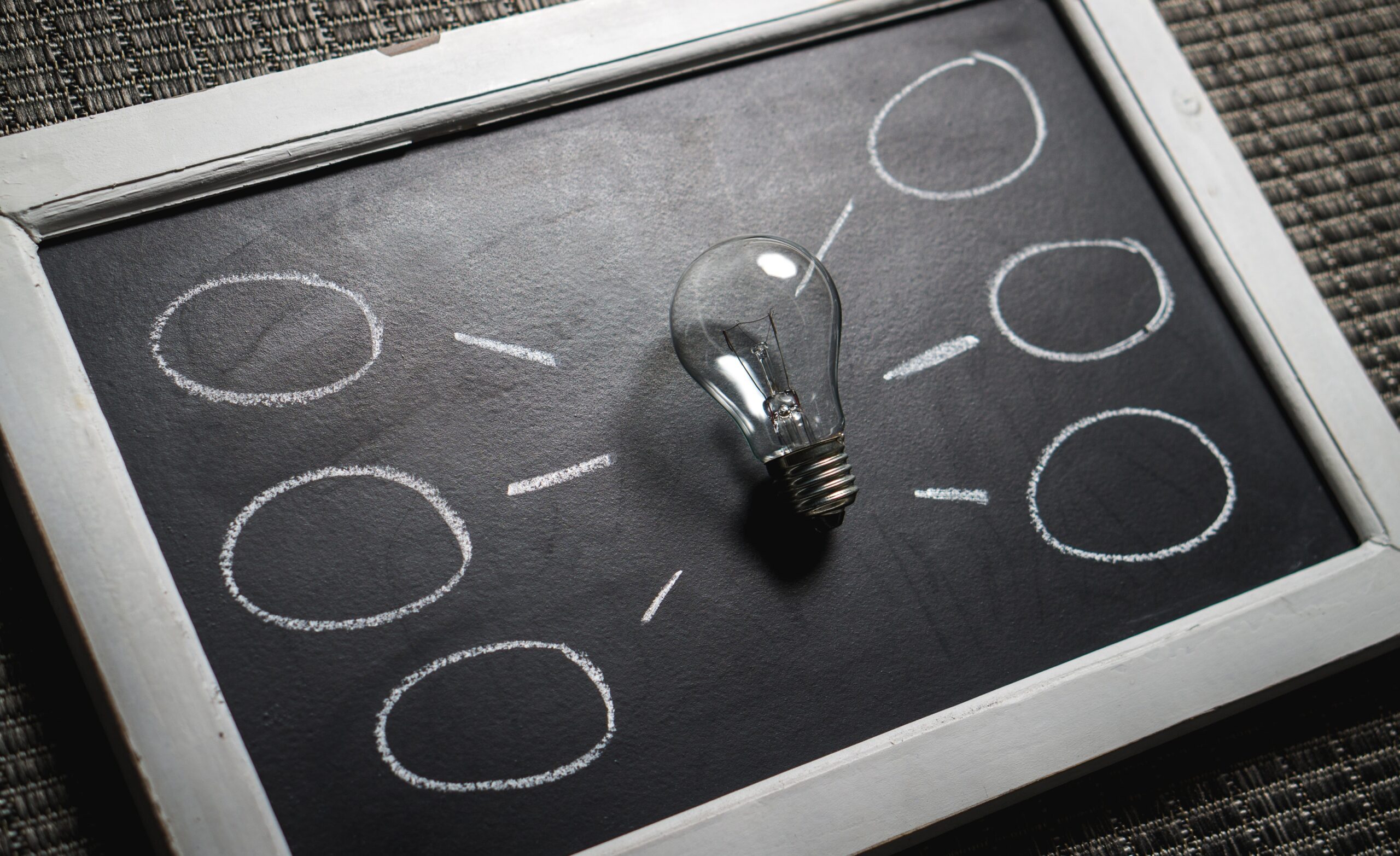Product discovery is the process of identifying and understanding the needs and wants of your target audience and developing products that meet those needs. In order to successfully discover and develop products, it’s important to have a clear and organized process in place. In this article, we will provide you with a step-by-step guide to the product discovery process.
Step 1: Define Your Objectives and Goals
Before you begin the product discovery process, it’s important to define your objectives and goals. This will help you to stay focused and ensure that your efforts are aligned with your business objectives. Ask yourself questions such as:
- What problem do you want to solve?
- Who is your target audience?
- What are their needs and wants?
- What are your business objectives?
Step 2: Conduct Market Research
Market research is the process of gathering information about your target audience, competitors, and the market as a whole. This information will help you to identify opportunities and gaps in the market and develop products that meet the needs of your target audience. Some methods of conducting market research include:
- Online surveys
- Focus groups
- Competitor analysis
- Social media listening
Step 3: Ideate and Brainstorm
Once you have conducted market research, it’s time to ideate and brainstorm. This involves generating ideas for products that meet the needs and wants of your target audience. Some methods of ideation and brainstorming include:
- Brainstorming sessions with your team
- Idea boards and mind maps
- Customer feedback and suggestions
- Online forums and communities
Step 4: Develop Concepts
After you have generated a list of ideas, it’s time to develop concepts. This involves refining your ideas and developing them into concepts that can be further tested and evaluated. Some methods of developing concepts include:
- Creating prototypes and mockups
- Conducting usability testing
- Creating user stories and scenarios
- Defining feature sets and requirements
Step 5: Test and Evaluate
Once you have developed concepts, it’s time to test and evaluate them. This involves gathering feedback from your target audience and making changes and improvements based on that feedback. Some methods of testing and evaluation include:
- A/B testing
- User testing
- Surveys and feedback forms
- Data analysis and metrics tracking
Step 6: Launch and Iterate
After you have tested and evaluated your concepts, it’s time to launch your product. This involves creating a marketing plan, launching your product, and gathering feedback from your target audience. Once your product is launched, it’s important to continue to iterate and improve based on feedback and data analysis.
Conclusion
The product discovery process is an essential part of developing products that meet the needs and wants of your target audience. By following the steps outlined in this article, you can ensure that your product discovery process is organized, focused, and effective. Remember to stay agile and adaptable throughout the process, and to continue to iterate and improve based on feedback and data analysis.
